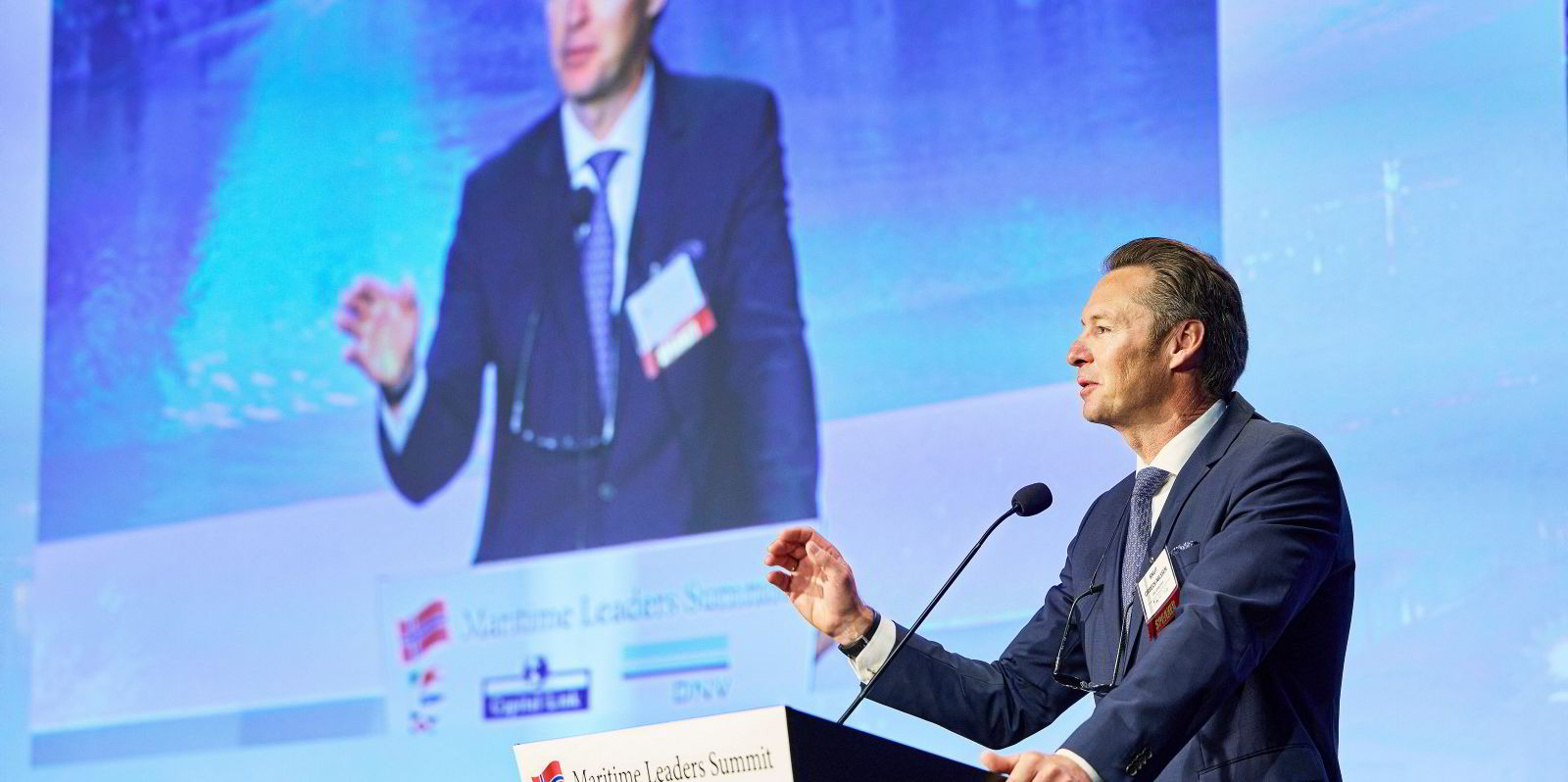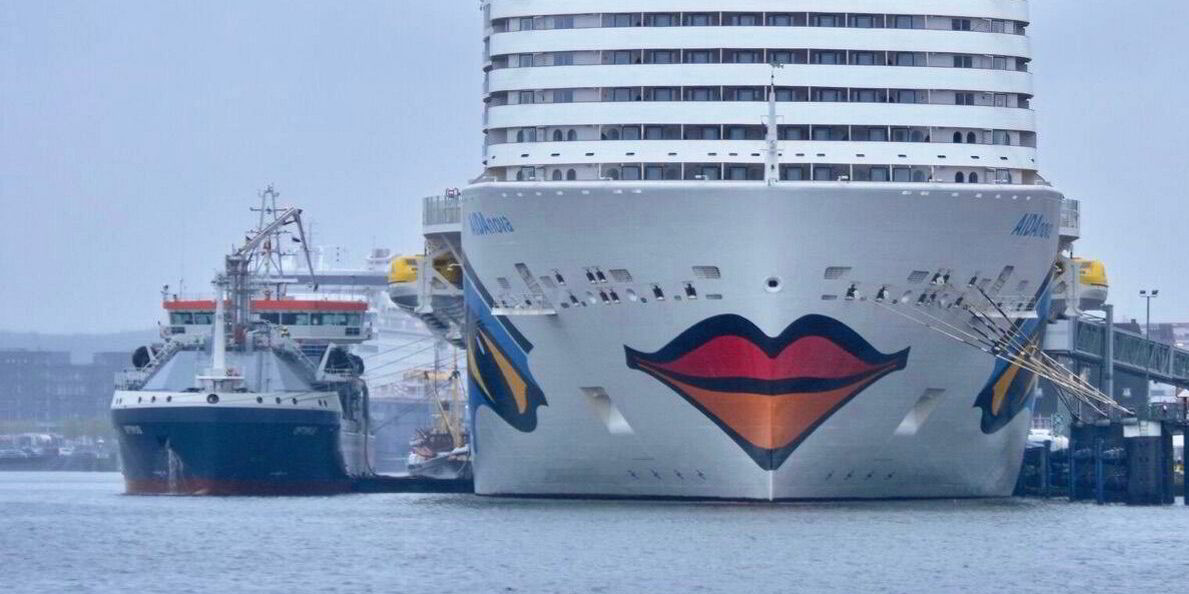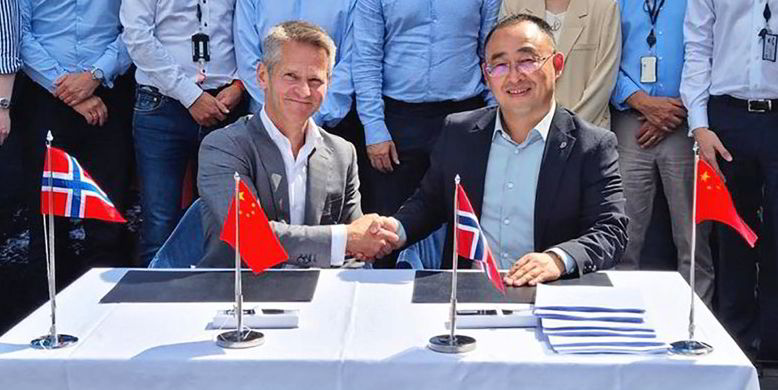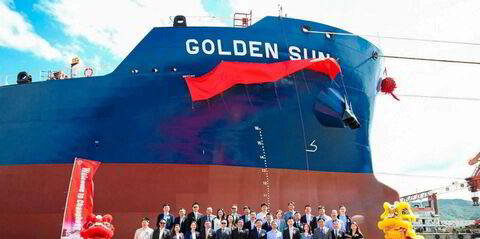Shipping is in the midst of a critical decade with bold moves necessary to meet ever more stringent emissions regulations DNV said in its latest multi-decade industry forecast.
In its Maritime Forecast to 2050, the Norwegian class society said shipping will require a significant portion of alternative fuel production to decarbonise, meaning onboard carbon capture and storage and nuclear propulsion are feasible and need to be considered.
The recommendations come as the IMO revised their guidelines to cut shipping’s carbon emissions faster at a July committee meeting, including a 20% reduction in greenhouse gas emissions by 2030 and net-zero by 2050.
“It sort of sets everything into perspective,” maritime chief executive Knut Orbeck-Nilsssen said. “We really are at a junction now where there is no time to waste.”
DNV said shipping was in the midst of a fuel technology transition, as more than half of ships on order are capable of running alternative fuels, but that a true fuel transition has not yet begun.
It said cross-sector production of alternative fuels will hit between 44m and 62m tonnes of oil equivalent by 2030, with 30% to 40% of that required to supply the shipping sector.
That plus the expense of the new fuels will force shipping to continue searching for ways to slash emissions, it said.
DNV ran a test case for onboard carbon capture, finding it can be feasible for a 15,000 teu container ship. The ship would be outfitted with 4,000 cubic meter storage tanks, capturing 70% of the CO2 emitted during a voyage from Asia to Europe and requiring two offloading stops.
It said if the energy used to capture the CO2 is kept below 15% and sequestering it is below $40 per tonne, onboard carbon capture can be competitive. In a higher energy environment, CO2 sequestering would have to cost $80 per tonne.
For nuclear, the class society said there are 160 mostly naval vessels operating on nuclear power on the water today and could be put in use for the cast study ship. It said nuclear could be a competitive option if reactor costs are in the lower rate of historical costs for land-based nuclear power plants.
Eirik Ovrum, the lead author on the forecast, said onboard carbon capture was made possible by the incoming carbon price set by the EU Emissions Trading Scheme set to kick in next year. A price on carbon will spur investment in capture and sequestration projects that shipping can benefit from, he said.
For nuclear, he acknowledged that nuclear-powered ships can be controversial, but that failing to fight climate change is more controversial.
”It will be an issue, of course. Right now we have to decarbonise shipping and human activity. With decarbonisation coming at the forefront, not only for shipping, I think all the discussions on this will be less relevant and fears will be less relevant,” Ovrum said.
Orbeck-Nilssen said the industry cannot afford to leave certain options on the shelf, especially given the new rules from the IMO.
“It’s fine to have high ambitions, but naturally as industry, we have to deliver on these ambitions,” he said.
“We really have this decade to take energy efficiency to the next level because the fuels will by and large not be available.”





